Welcome to Bromley Palace Park and it’s historic features! This location is the second stop on the heritage and biodiversity trail around the historic parks in Bromley Town Centre.
The Fernery and Victorian Fern Collecting
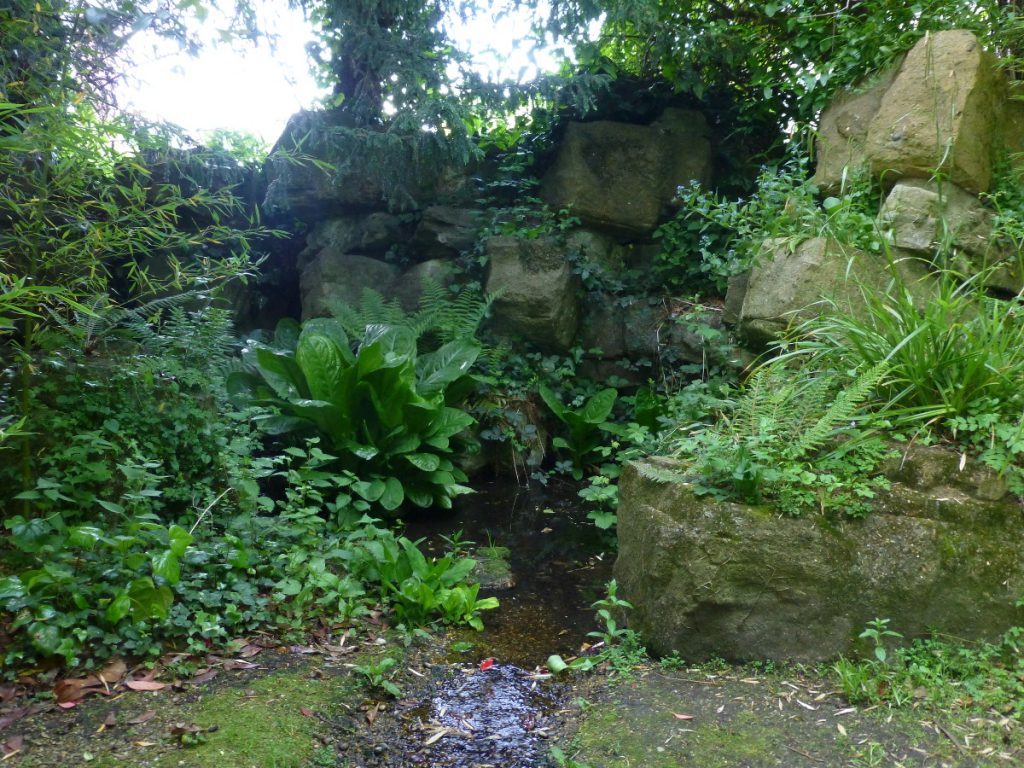
The Fernery is one of the four Grade 2 listed features in the park. When Coles-Child bought the title of ‘Lord Of The Manor’ of Bromley from the Diocese of Rochester, he set about creating a garden worthy of his new position.
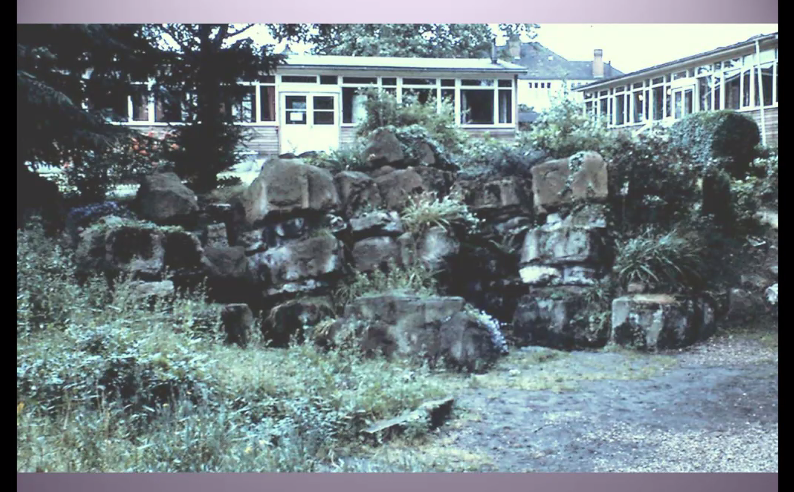
Fun Fact
Pteridomania!
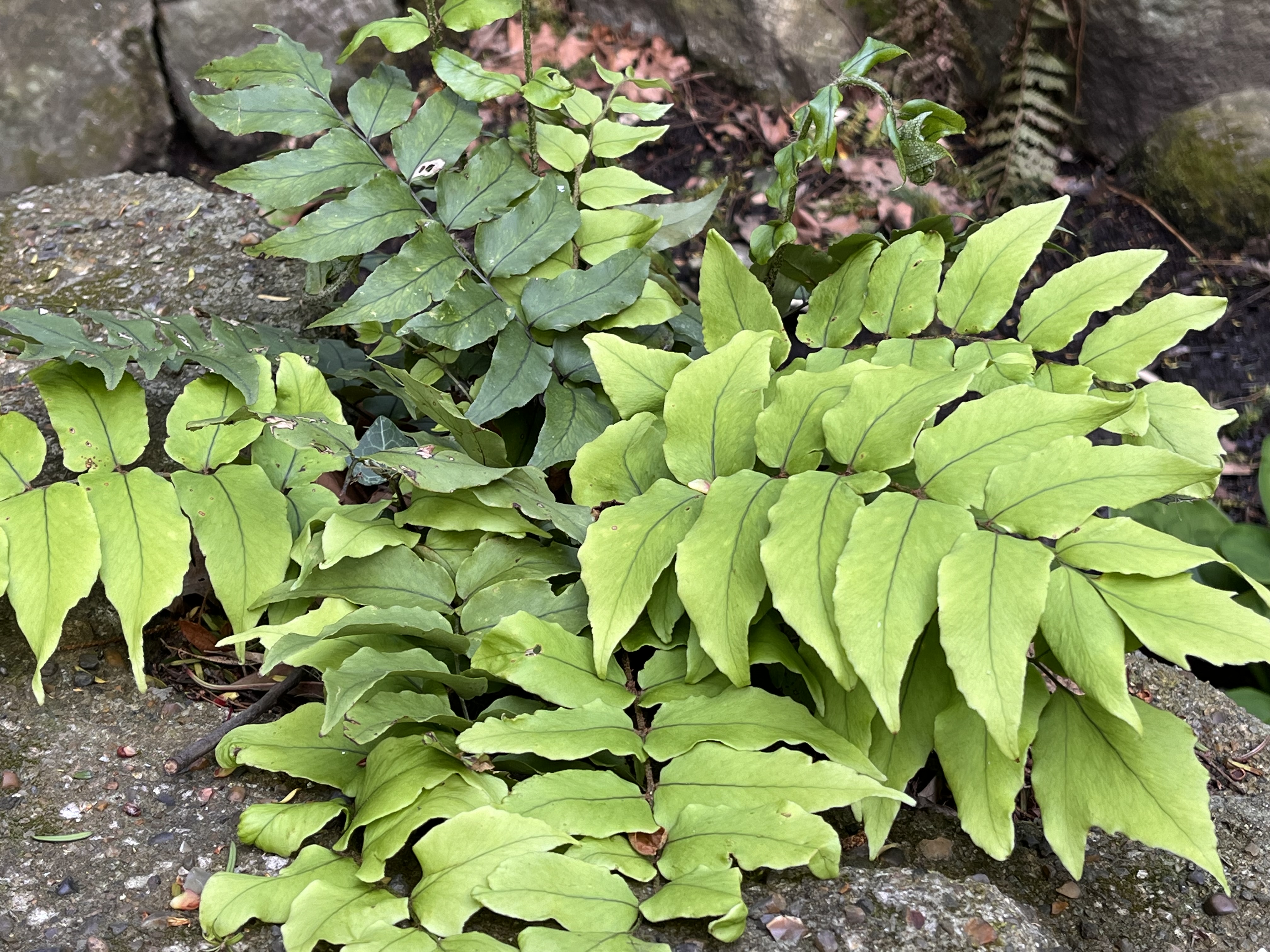
Do you think this is the study of flying dinosaurs… or the collection of ferns?
Sadly, it’s not as interesting as flying dinosaurs / pterosaurs, it’s the Victorian obsession of collecting ferns.
When this fernery was built, there was a fashion for collecting ferns – ‘pteridomania’ (the fern craze). This term was coined by Charles Kingsley, clergyman, naturalist (and later author of The Water Babies). Wealthy garden owners would collect ferns plants, native and from their travels,, and then wanted suitable structures to show their collection off – such as the Fernery and Cascade in this park.
An Order for ‘Waterfalls and ferneries’
Coles-Child bought two fashionable ‘Pulhamite’ features, later described in their catalogue as ‘Waterfalls and ferneries’. This historic structure is their fernery, complete with little scoops in, for planting the ferns. The structure was built from bricks, and a skilled plasterer would apply the ‘Pulhamite’ over it, making it closely resemble real rocks. Pulhamite was an early form of concrete, made to their own recipe, by James Pulham & sons (which was lost on the death of the proprietors). They sent the craftsmen to Derbyshire to look at Millstone Grit outcrops so they could imitate the rocks realistically. Even Buckingham Palace had a couple of pulhamite installations!
English Heritage officially listed the features were Grade II listed in 2007. The reasons for listing were: It is a good and little-altered example of the artificial rockwork (Pulhamite) produced in the c19th by James Pulham and Son
It sits within a little-altered mid-c19th landscape setting, at the end of a lake and amidst trees.
Look behind the brick circle marking St Blaise’s well, where the path goes around the north of the lake.
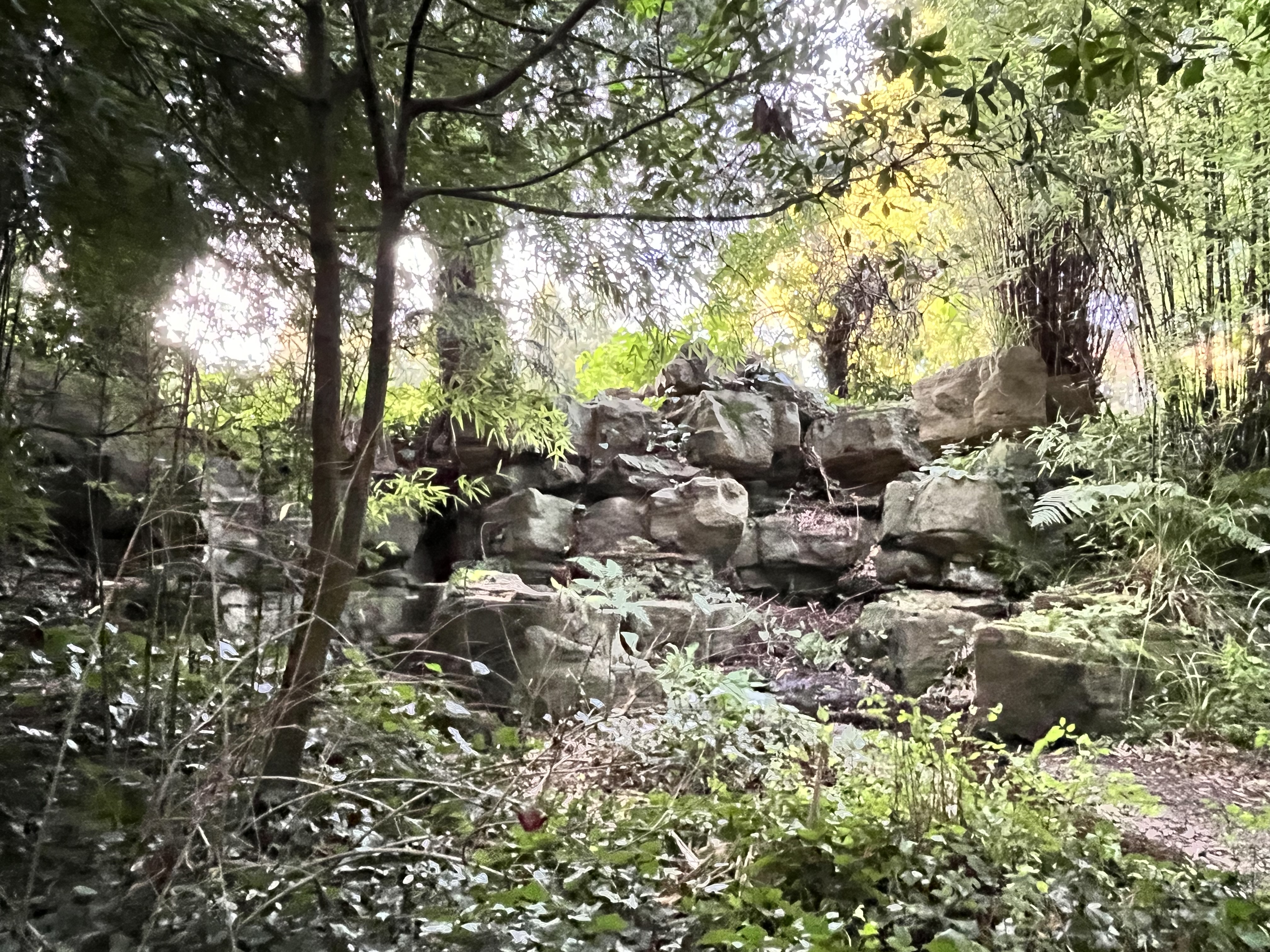
Raising the crown of the Yew trees allowed more light into the Fernery in 2023.
The whole of the Bromley Town Park Heritage and Biodiversity trail can be found here.
This Fernery also has its own entry here in Bromley Civic Society’s page on this park, here.
To continue the Heritage Trail, retrace your footsteps back to the carriage drive and follow it around the Moat.

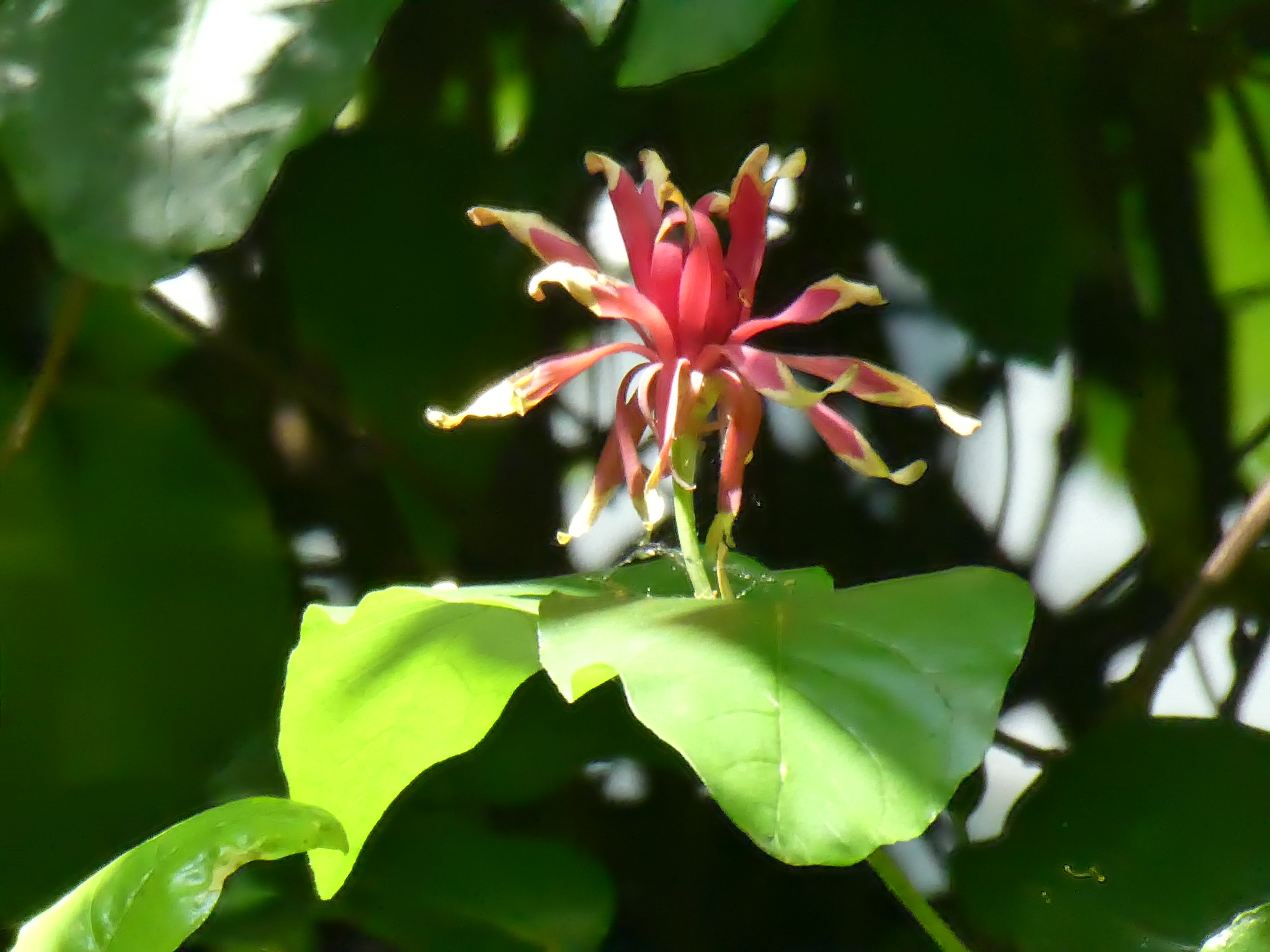
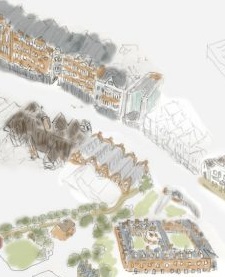
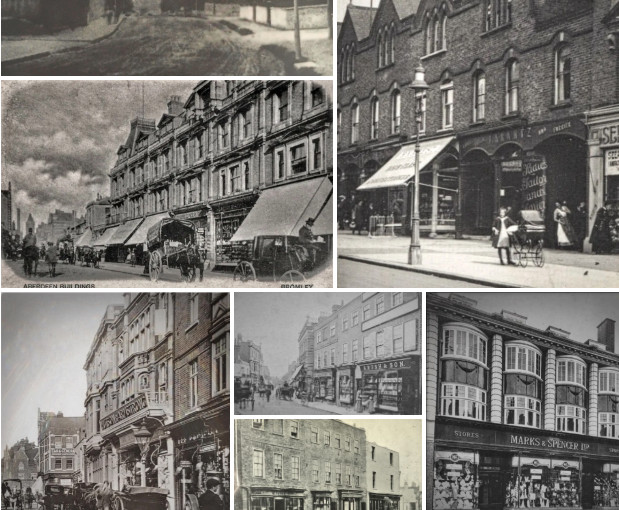 Browse our old photos, in
Browse our old photos, in 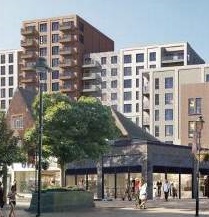 from being dominated by tower blocks: Look here and email our ward councillors about:
*
from being dominated by tower blocks: Look here and email our ward councillors about:
*